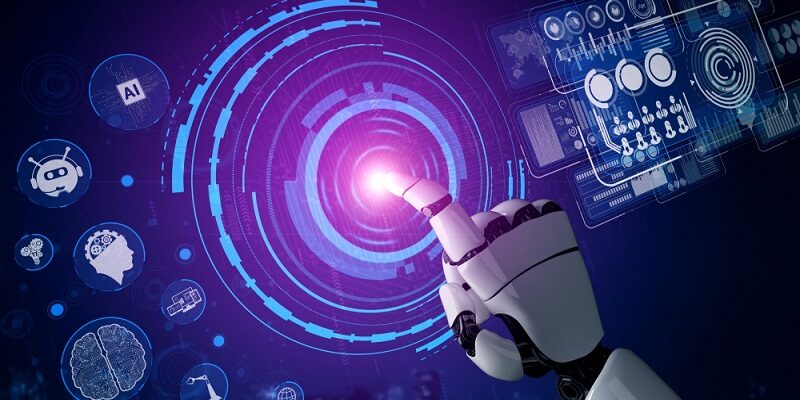Salesforce today announced new AI models, including xGen-Sales, a proprietary model trained and designed to power autonomous sales tasks with Agentforce, and xLAM, a new family of Large Action Models designed to handle complex tasks and generate actionable outputs. Together, these models developed by Salesforce AI Research will allow Salesforce customers to quickly set up and deploy autonomous AI agents that take action, driving unprecedented scale.
By fine-tuning xGen-Sales to increase accuracy for relevant industry tasks, it is able to deliver more precise and rapid responses, automating sales tasks such as generating customer insights, enriching contact lists, summarizing calls, and tracking the sales pipeline. This model enhances the capabilities of Agentforce sales agents, allowing them to autonomously nurture pipeline and coach reps with greater accuracy and speed. xGen-Sales’ abilities have already eclipsed other much larger models, according to Salesforce’s own evaluations.
“Building and training your own AI models can be time-consuming, costly, and incredibly frustrating,” said Salesforce Chief Scientist Silvio Savarese. “With Agentforce, we’re able to deliver appropriately sized models, built specifically for your business with your data to drive outcomes.”
Behind the news: To train the xLAM models, Salesforce AI Research created APIGen, a robust, proprietary pipeline for generating high-quality synthetic data. Positive results were almost immediate, with xLAM 8x22b capturing a No. 1 ranking on the Berkeley Leaderboards for function calling, surpassing GPT-4, according to Salesforce’s own evaluation. The xLAM-8x7b model is ranked sixth. Both beat models that are many times their size. The four language models in the xLAM family include:
- Tiny (xLAM-1B): The “Tiny Giant” features 1B parameters. Given the model’s compact size, it is most suitable for on-device applications where larger models are more impractical. The xLAM-1B can be used to create powerful and responsive AI assistants that can run locally on smartphones or other devices with limited computing resources.
- Small (xLAM-7B): The 7B model is designed for swift academic exploration with limited GPU resources. It can be used to perform planning and reasoning tasks for agentic applications in a light-weight environment.
- Medium (xLAM-8x7B): An 8x7B mixture-of-experts model, the 8x7B is ideal for industrial applications striving for a balanced combination of latency, resource consumption, and performance.
- Large (xLAM-8x22B): The 8x22B is a large mixture-of-experts model that allows organizations with a certain level of computational resources to achieve optimal performance.
The customer perspective: “The models Salesforce is delivering for its Agentforce platform are what give us confidence that we’ll have the capabilities we need to roll out strong and cost-effective autonomous AI capabilities over time,” said Rena Bhattacharyya, Chief Analyst and Practice Lead, Enterprise Technology & Services at GlobalData. “Salesforce is truly paving the way for the AI Agent revolution.”
The Salesforce perspective: “We envision a future in which sellers are augmented by AI to help them drive selling efficiency, freeing up precious time to focus on their customers,” said MaryAnn Patel, SVP, Product Management, SVP, Product Management at Salesforce. “The xGen-Sales model is purpose built to help companies build generative AI solutions that will augment the work of their sales teams with Agentforce.”
Salesforce AI Research is Salesforce’s artificial intelligence research lab, which develops new technological breakthroughs in the field. The team comprises researchers, engineers, and product managers working to shape the future of AI for businesses via foundational research that directly informs product development.





